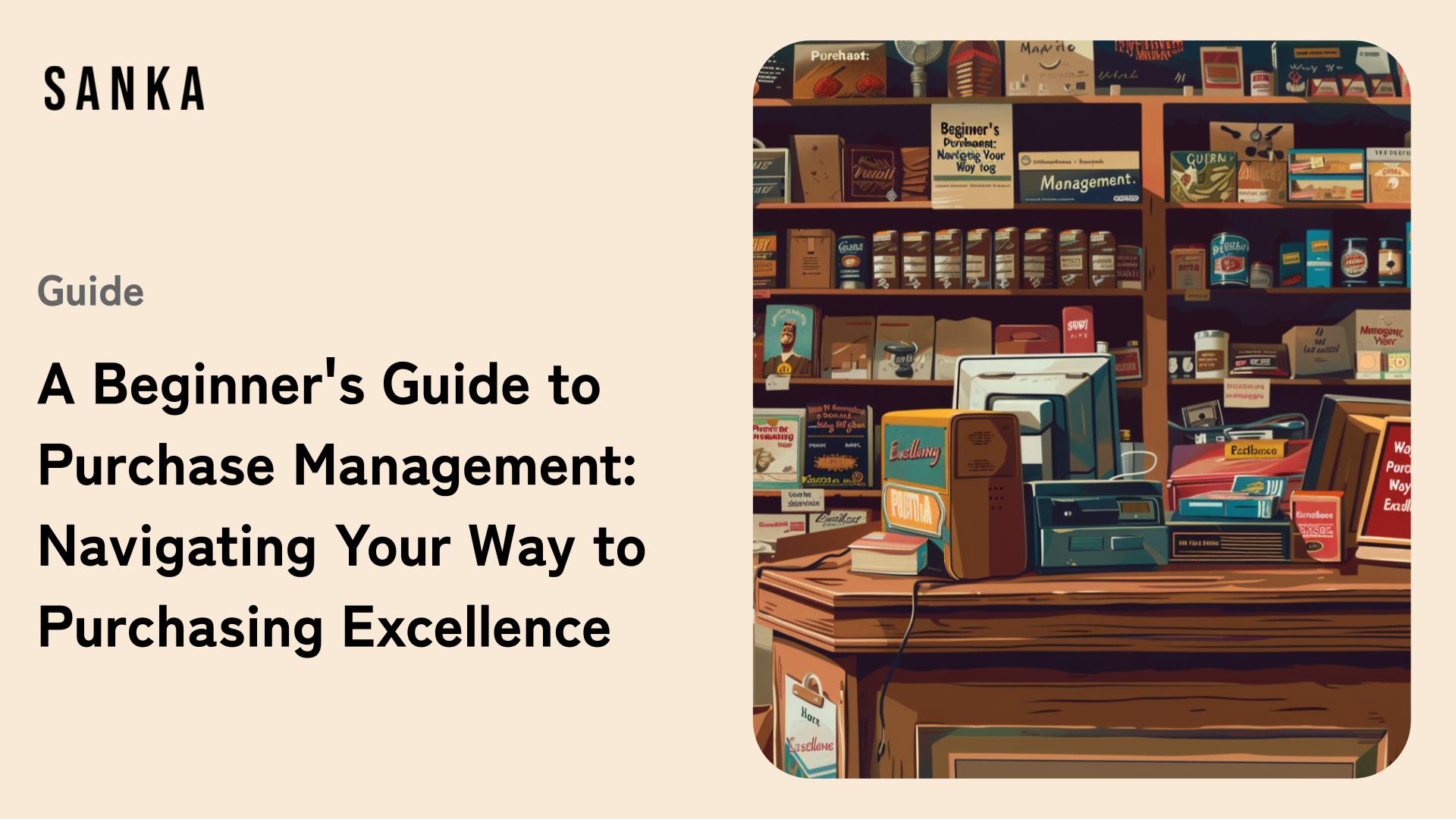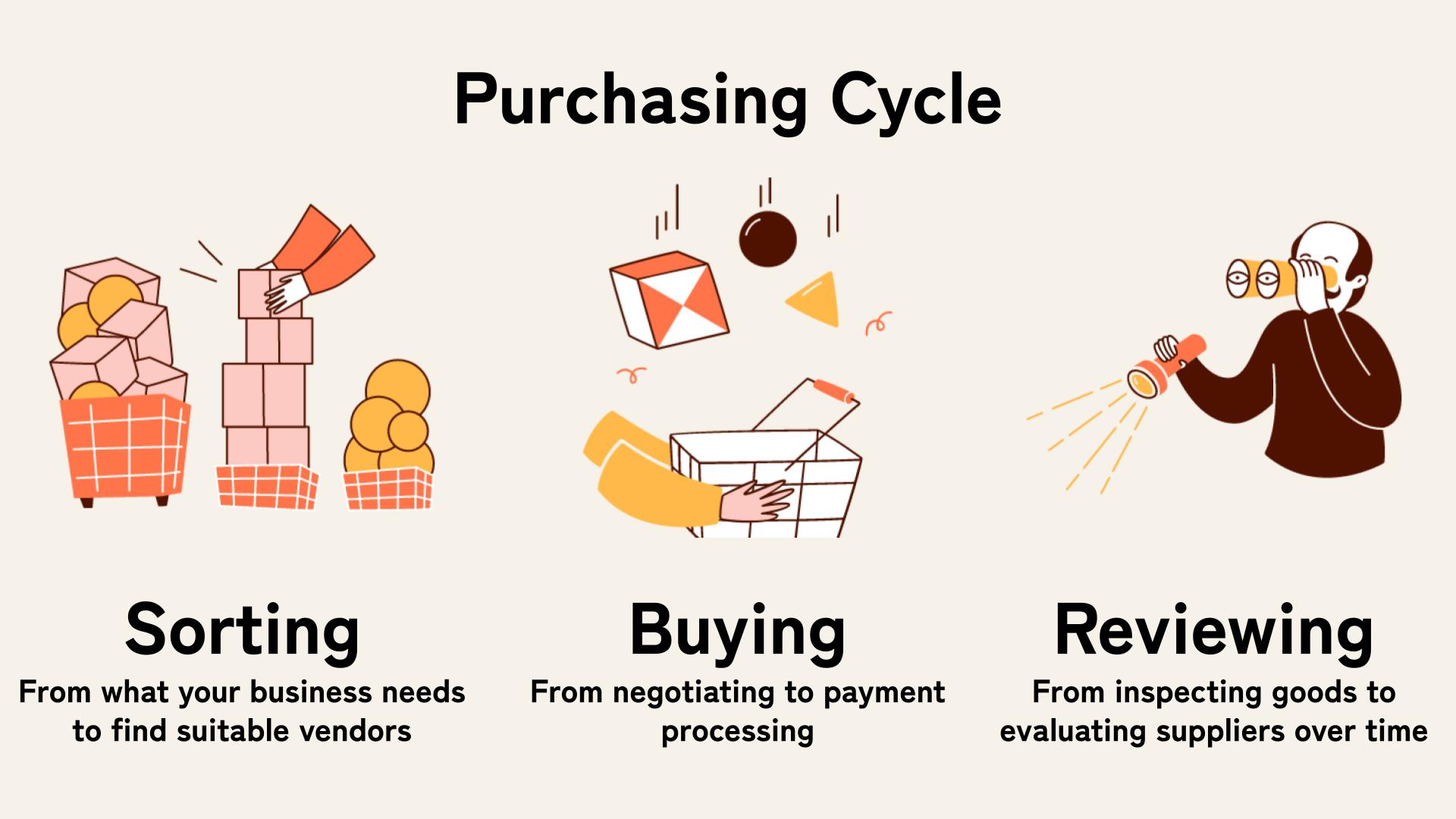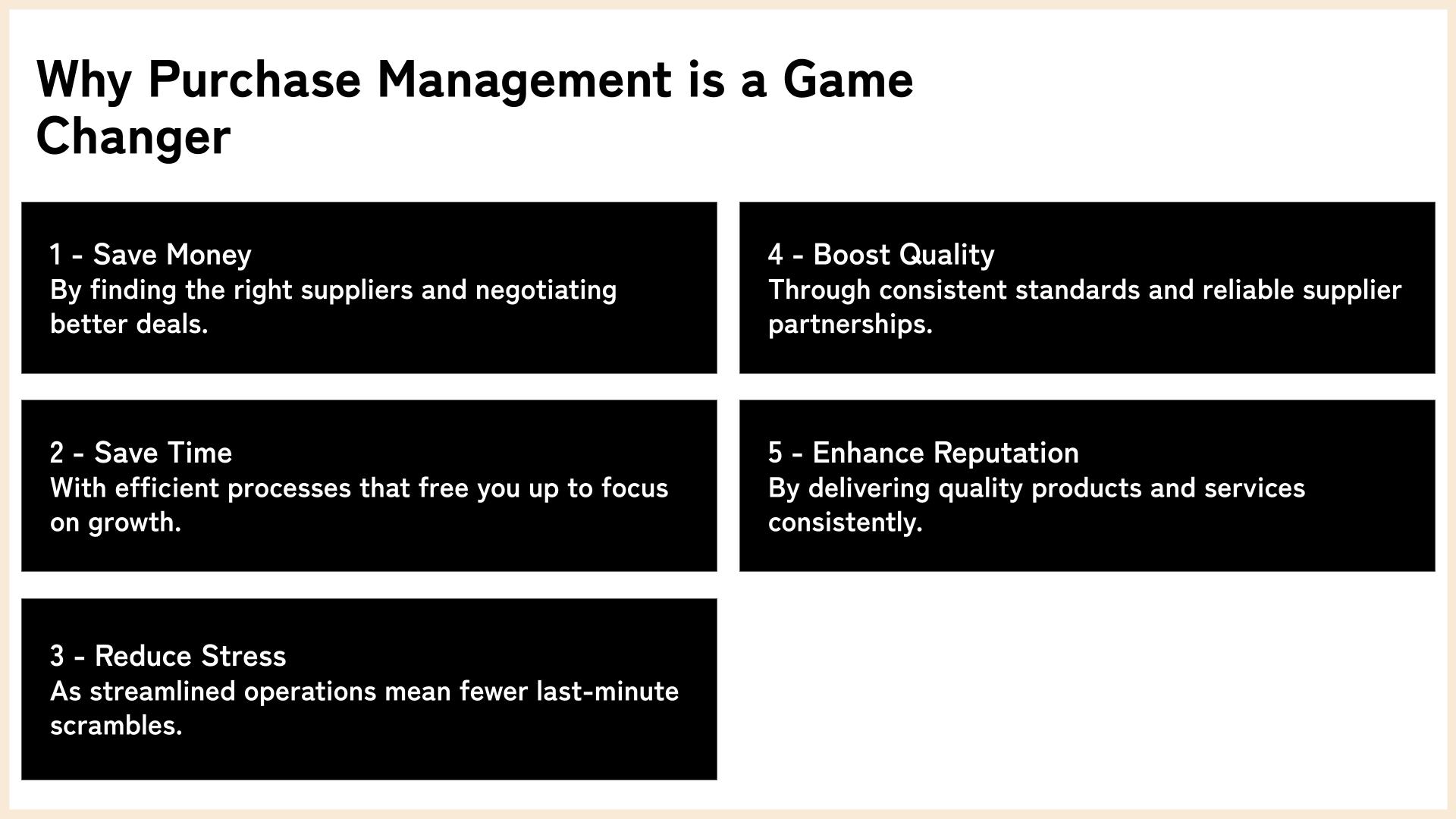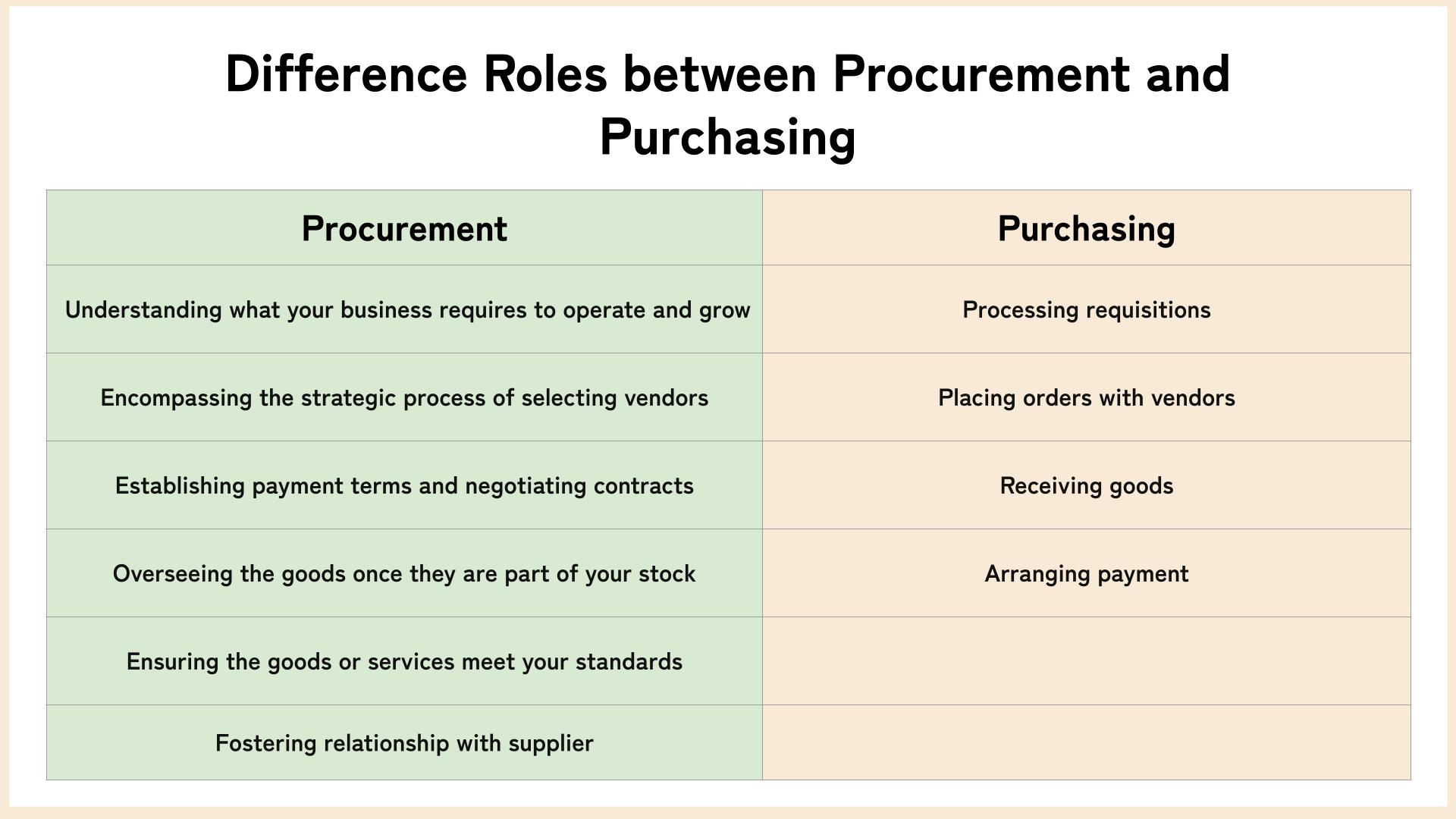
Introduction
Hey there, enthusiastic business navigators! If you’re on the exciting journey of setting sails through the bustling world of business, understanding the smooth seas of purchase management is crucial. It might sound like navigating through a fog at first, but don’t worry—I’m here to be your lighthouse, guiding you through the mist. So, let’s embark on a journey to uncover the treasures of purchase management, ensuring your business doesn’t just float but sails proudly toward success.Meaning and Objectives of Purchasing
Purchasing is all about acquiring these goods and services that your business needs to operate and thrive. This could be anything from raw materials for manufacturing, office supplies, machinery, or even services like cleaning and accounting. It sounds simple, but there’s an art to it. The main objectives? Purchasing is not just about buying; it’s about buying smart. It is a strategic function that involves selecting and procuring goods that meet your quality requirements at the best possible price. Efficient purchasing practices can save you money, thereby improving your bottom line, while ineffective purchasing strategies can end up costing a business dearly. Simply put, it is to snag high-quality goods at the best prices, ensure timely delivery, and maintain the right quantities (not too much, not too little).The Art of Good Purchasing
The power of purchasing lies in its ability to impact a company’s performance directly. Here’s a look at some of the benefits of effective purchasing:- Cost Efficiency: By negotiating better deals and finding quality supplies at lower prices, businesses can significantly reduce their cost of goods sold.
- Quality Control: Good purchasing ensures that the materials and services acquired meet the necessary quality standards, which in turn influences the final product quality and customer satisfaction.
- Risk Management: Through careful selection of suppliers and the establishment of reliable supply chains, purchasing helps mitigate operational risks associated with delays and shortages.
- Innovation Support: By staying updated with market trends and sourcing from suppliers that offer innovative solutions, purchasing can also bring new ideas and innovations into the business.
Navigating the Purchasing Cycle
 The purchasing cycle is like the map for your destination. It’s a series of steps to ensure you get what you need, when you need it, and at a price that’s as shiny as gold.
Here’s a quick overview:
The purchasing cycle is like the map for your destination. It’s a series of steps to ensure you get what you need, when you need it, and at a price that’s as shiny as gold.
Here’s a quick overview:
- Recognizing the Need: First and foremost, you need to know what your business lacks. It’s the “Aha!” moment where you realize there’s something you need to run your business smoothly or to fulfill a customer order.
- Requirement Specification: Once the need is recognized, you detail out what exactly you’re looking for. It’s critical to be as specific as possible—think size, quantity, features, and so on. The better you describe what you need, the better chances you have of getting it.
- Sourcing For Suppliers: This is the treasure hunt stage, where you’re on a quest for suppliers who can provide what you need. You want to find the best mix of reliability, quality, and cost. You’re not just looking for a vendor; you’re looking for a partner on your business journey.
- Soliciting Proposals and Quotes: Once you have a list of potential suppliers, it’s time to ask for their offerings. This usually involves requesting quotations or proposals to understand their pricing, terms, and conditions. Think of it as asking for a mini itinerary from each guide you might hire for your expedition.
- Evaluating and Selecting Suppliers: Now, with proposals in hand, you compare them. This isn’t always about going for the cheapest; it’s about finding the best value. How likely is this supplier to deliver on time, with the right quality, and maybe even offer excellent after-service? It’s decision time!
- Negotiation: Just like haggling in a market, this step involves discussing terms with your chosen supplier to reach an agreement. You might negotiate on price, payment terms, delivery dates, and other conditions. It’s about finding that sweet spot where both you and the supplier win.
- Issuing the Purchase Order: The formal invitation for your supplier to join the expedition—issuing a purchase order (PO) means you’re officially asking them to supply the goods or services as negotiated.
- Receiving and Inspecting: Like checking your gear before setting off, receiving and inspecting involves ensuring what was delivered meets your requirements. If it doesn’t, you may need to return it or ask for adjustments.
- Payment Processing: Now that you’ve received what you need, it’s time to pay up. Often, this involves cross-checking delivery receipts with purchase orders and invoices before releasing funds.
- Record Keeping and Review: Last but not least, maintaining records of everything for future reference is crucial. This helps with managing budgets, preparing for audits, and evaluating supplier performance over time.
Understanding Purchase Management
Purchase management is the crow’s nest of your ship; it gives you the view of everything from above. It’s about overseeing the entire purchasing process—from spotting the need for goods to ensuring they are received in perfect condition. It’s not just buying; it’s strategically buying to maximize value for your company. In simple terms, purchase management is your trusty guide in the often-complicated world of buying for business. It’s about making smart, calculated decisions that align with your company values, demand, and wallet size.The Components of Purchase Management
To master purchase management, let’s break it down into its core ingredients:- Strategic Sourcing: This is where you put on your detective hat to find the best sources for your needs. It’s about building a network of reliable suppliers who don’t just offer you a good deal now, but who align with your long-term business vision.
- Vendor Relations: Suppliers are more than just names in a database; they’re partners. Managing relationships with them is crucial. You want to keep communications open, negotiations fair, and provide feedback – turning transactions into lasting business relationships.
- Contract Management: Once you’ve found your suppliers, it’s time to ink the deal. Purchase management involves creating and managing contracts that protect your company’s interests, ensure supplier compliance, and outline the expectations and responsibilities on both sides.
- Purchase Order Management: It’s showtime! Managing purchase orders means making sure every order placed with suppliers is tracked, from the moment you send it out until the goods land on your doorstep.
- Inventory Control: This is the art of balancing what you have in stock with what you’ll soon need. It’s essential to avoid overstocking (which ties up capital) or understocking (which can halt production or disappoint customers).
- Quality Control: Your business’s reputation is on the line with every product you sell or piece of service you provide. Managing purchases includes ensuring that everything you buy meets the quality standards your business stands for.
- Cost Control: At the end of the day, it circles back to the dollars and cents. Effective purchase management means continually seeking ways to reduce costs without compromising on quality or supplier relationships.

The Differences Between Purchasing and Procurement
While “purchasing” and “procurement” might seem like two names for the same sea, there’s a subtle difference in their waters. Procurement encompasses the broader process of acquiring goods and services, which includes purchasing but also dives deeper into sourcing activities, supplier management, and strategic vetting of partnerships. Purchasing is a subset of procurement, focusing on the actual buying part of the process. In simpler terms, purchasing is the act of shopping on behalf of your business. It’s the moment you pick an item off the shelf, put it in your cart, and check out at the register. If purchasing is about buying, procurement is about building fruitful, long-term relationships with suppliers to ensure the smooth sailing of your business.
If purchasing is about buying, procurement is about building fruitful, long-term relationships with suppliers to ensure the smooth sailing of your business.
Choosing the Right Purchase Management Software
A good purchase management software is crucial for your business. It helps guide your purchasing decisions, optimize your processes, and gives you a clear view of your procurement activities. But with a bounty of options out there, how do you pick the perfect digital companion for your business adventures? Here’s how to choose one:Understanding Your Business Terrain
Before jumping onboard with any software, you’ve got to map your terrain. What does your business need? Are you a small enterprise with a laser focus on controlling costs, or maybe a growing business eager to wrangle complex procurement processes with multiple suppliers? Sit down with your team and list out your requirements, expectations, and the challenges you’re facing in purchase management.Features to Look For
Now that you know what you need, let’s peek through the spyglass at the features that can make a purchase management software your best mate:- Ease of use: Look for software with clear maps (read: user interfaces) so you won’t need a pirate’s deciphering skills to use it.
- Features galore: Ensure it has all the tools you need—purchase orders, approvals, vendor management, and analytics.
- Scalability: Pick software that can grow with your business. You want a sturdy ship that can handle more cargo as you expand.
- Cost-effective: The software should offer value for money without making you throw too many coins overboard.
- Integration capabilities: It should easily integrate with your existing systems (such as accounting and inventory) for smooth sailing.
- Real-Time Data: In the age of instant gratification, having real-time insights into your ordering process, inventory levels, and supplier performance is worth its weight in gold.
- Support: Good customer support is like a loyal crew, ready to help when you encounter rough seas.